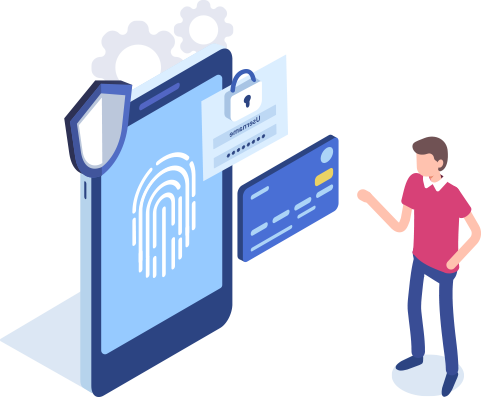

MIP Framework as a Service
A built-in, intelligent, unified and extensible solution to protect sensitive data.Microsoft Purview Information Protection helps you identify, differentiate, secure & govern sensitive data. Microsoft Information Protection also provides encryption service and enables admins to scan their on-premises file repositories for sensitive content that should be secured, and labeled.
- Know it
- Protect it
- Stop losing
- it Govern it

Over 1.2 million credit card numbers were leaked in 2022 533 million Facebook users' phone numbers and personal data have been leaked online
With ever evolving cyberthreats it is difficult to ensure that organization’s sensitive data is adequately protected.
This can leave the organization vulnerable to data breaches, which can result in significant financial and reputational damage.
Many organizations are subject to regulatory requirements that mandate specific security controls for sensitive data. Without MIP, it is challenging to demonstrate compliance with these requirements, leaving the organization vulnerable to fines and other penalties.


MIP is not a product – it’s not the next generation of Azure Information Protection. It is a framework and a group of products that collaborate to offer sensitive data visualization. data lifecycle security and preventing data loss MIP helps you manage and protect data, as well as prevent data loss through a framework of data protection services Consists of 6 main facilities
- Azure Information Protection
- Microsoft Cloud App Security
- Office 365 Data Loss Protection
- Office 365 Message Encryption
- Windows Information Protection
- Office 365 Advanced Data Governance
Data Loss Prevention
Monitors all user activities that affect sensitive items at rest, in transit, and in use
- Pop-up warnings
- Block sharing with/without override option
- Lock sensitive items
- Block the display of sensitive items in MS Teams
- DLP hunts for sensitive items using user-added policies, then alerts the user with a configurable alert
- DLP reports show trends over time and give insights on policy matches, incident matches, and false positives/overrides


Compliance center
For your compliance, privacy, and risk management, Microsoft 365 Compliance Center provides a customized workplace. It is brimming with practical administrative tools to help you comply with your organizational, legal, and regulatory obligations. The use of Compliance Manager makes managing compliance easier. It determines your progress toward performing suggested measures that assist lower risks related to data protection and regulatory standards by calculating a risk-based score. Additionally, it offers workflow features and integrated control mapping to support effective improvement measures.
Microsoft Information Protection can help you classify, label, and protect sensitive data, and prevent unauthorized access to it.
With Go Remote Cloud’s MIP framework as a service, get a valuable solution that provides a unified set of classification, labeling, and protection capabilities that enable businesses to classify data, label it, enforce protection policies, protect sensitive information, comply with regulatory requirements, collaborate securely with third parties, and discover sensitive data across their environment and avoid financial and reputational damage from data breaches and compliance violations.
